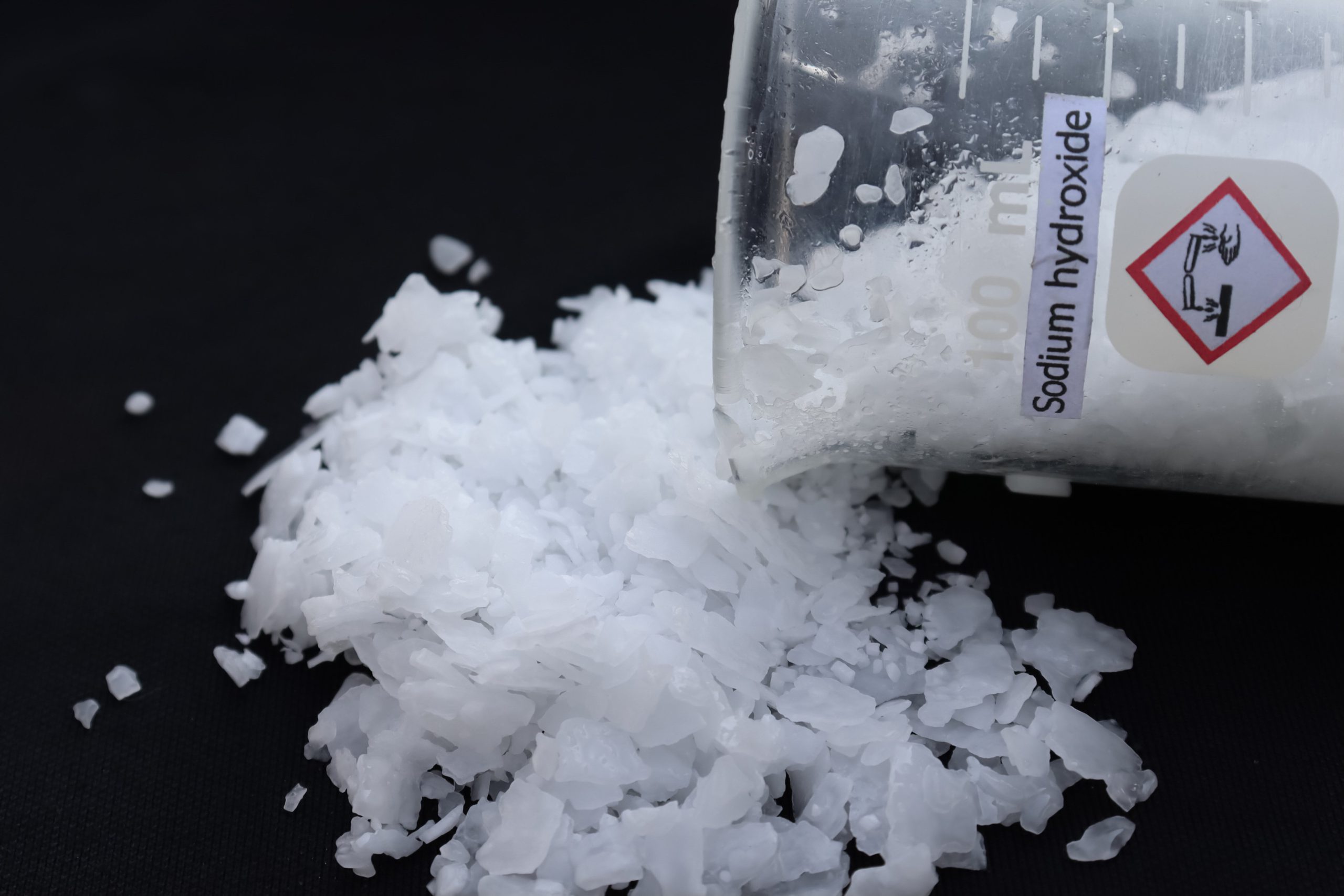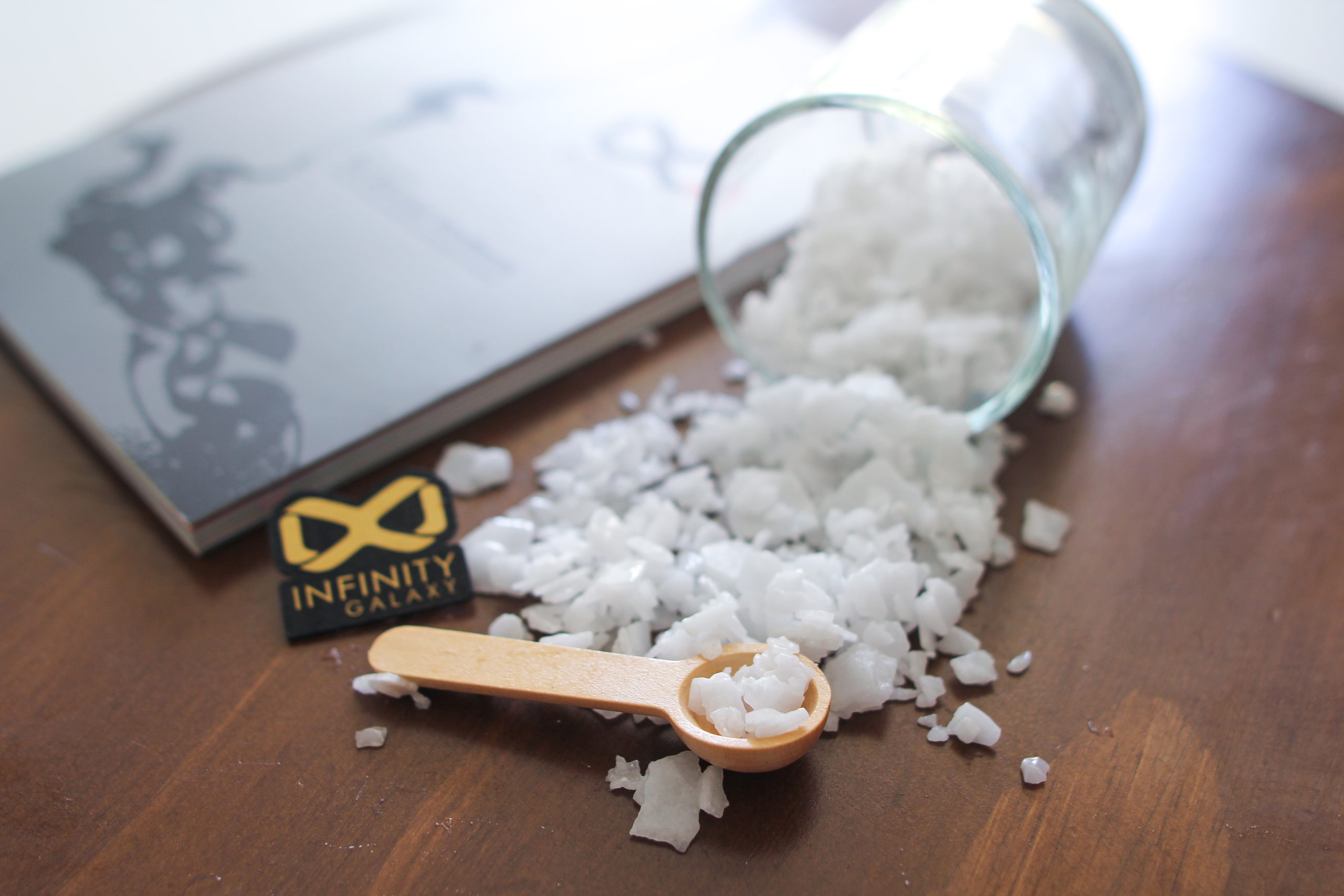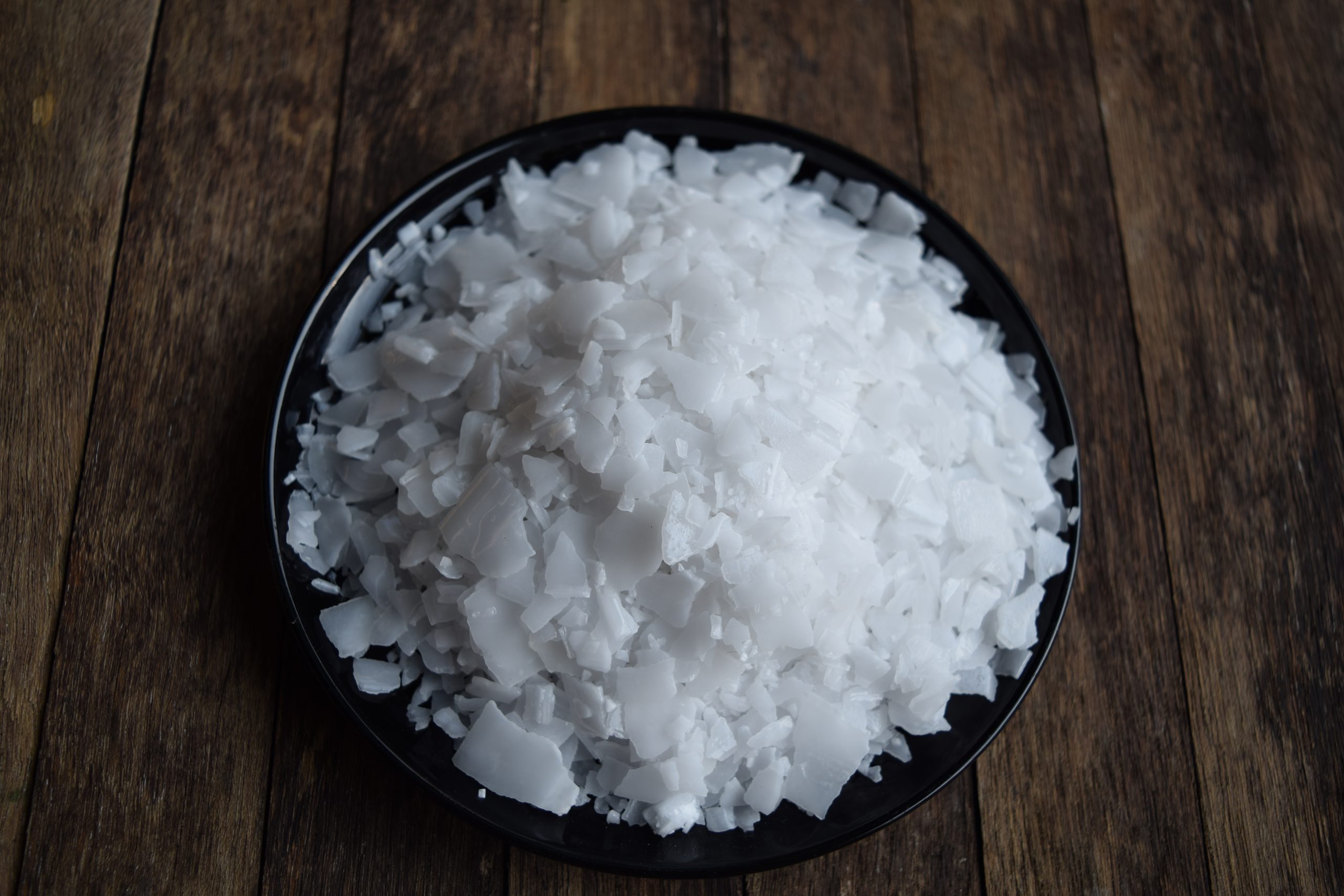Some believe traces of caustic soda are present in the production and preservation of every food we eat. People may not have even heard of sodium hydroxide or caustic soda , but they come into contact with it on a daily basis. The food industry uses sodium hydroxide in food both traditionally and modernly due to its strong alkaline properties.
Caustic soda applications in the food industry are generally classified into four categories: chemical peeling, food preservation, food processing, and the use of titration in the food industry, as described below.
Food Chemical Peeling
Canning is the most common application of food peeling in the food industry. To be cost-effective for industrial uses, the peeling process should be simple, quick, and cheap, with as little loss of fruit flesh as possible and caustic soda meets all of these requirements.
Manufacturers control the time and accuracy of peeling by varying the concentration of the caustic soda solution used, as well as the duration of the fruits’ immersion in the solution. Furthermore, peeling with caustic soda reduces the enzymatic browning effect (the effect that causes a skinless fruit to turn brown when exposed to air).
This method is applicable to a wide variety of fruits with different skin thicknesses, including tomatoes, potatoes, pears, apricots, plums, peaches, carrots, and so on.
Food Preservation
Food preservation refers to methods of preventing food from spoiling. In this context, spoilage refers to preventing the growth of bacteria, mold, micro-organisms and fruit oxidation (which causes the fruit to dry out).
There are several ways and perspectives on food preservation. Some methods, such as freezing and high-pressure preservation, control the environment’s temperature and pressure. Some methods isolate the food, such as vacuum packing, canning, and burial, whereas others, such as smoking and irradiation, expose the food to another substance.
Finally, some methods, such as pickling, jamming, salting and using caustic soda, create a suitable environment to prevent food spoilage. The preservation mechanism in the method of using caustic soda is that caustic soda creates an alkaline environment, which greatly reduces the activity of bacteria.
Food Processing
In most food industries, the appearance, material, and taste of the products are extremely important. They use sodium hydroxide in food to enhance the color or flavor of food.
Olives have a bitter taste due to the presence of a substance called Oleuropein. The use of an alkaline solution, such as caustic soda solution, can break down the Oleuropein molecules and reduce the bitterness of the olives. It also softens the olive flesh and gives it a fresh, green appearance. This is known as softening or bitterness removal.
Caustic soda is used in the production of pretzels to create crispness and a golden color. It is used in the production of chocolate and cocoa to improve the taste, color and texture of it in comparison to the raw natural form.
It is also used to thicken the ice cream and convert it from a milkshake state to a firmer, more voluminous form. Furthermore, caustic soda is used to create a caramel color in a variety of foods, including beverages and sauces.
Titration in Food Industries
As a strong alkali, one of the most important applications of caustic soda is in titration, which is a common laboratory method to determine the concentration of an unknown solution. In this process, acid is neutralized by an alkaline solution, most commonly sodium hydroxide (NaOH).
The main application of titration in the food industry is to determine and control the amount of acidity, alkalinity, salt, sugar and other contents in food products. In fact, controlling these contents in food products is directly related to the product quality, nutritional value, and consumer preferences.
For example, controlling the acidity of juices plays an important role in meeting the nutritional needs of different groups of customers. It is directly related to the quality indicators such as color, flavor, taste and texture of juices and wine.
There is also such an importance in controlling the amount of saturated and unsaturated fatty acids in food products. In the cheese production process (as one of the most widely consumed foods in the world), titration is used once at the beginning of the process (to determine the acidity of the initial milk) and once at the end of the process (to control the final product quality).
Other examples include monitoring acetic acid in vinegar, mayonnaise and ketchup, lactic acid in pickles, phosphoric acid in cola beverages, alkalinity of raw water in the beverages, salt content in snacks and chips and also nitrogen content in meat products.
As stated, caustic soda is widely used in the food industry due to its alkaline properties. Given that the growth and development of the food industry in international contexts creates a demand for caustic soda in these industries, Infinity Galaxy addresses this growing demand and is one of the reputable suppliers of this product, drawing on over a decade of experience in exporting chemical and petrochemical products.
Check out sodium hydroxide flakes 98% for more detail about caustic soda flakes specifications and prices.




